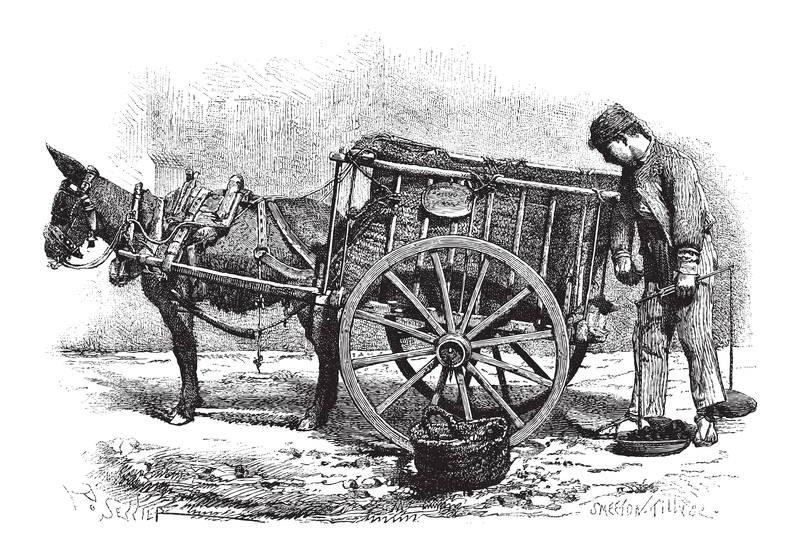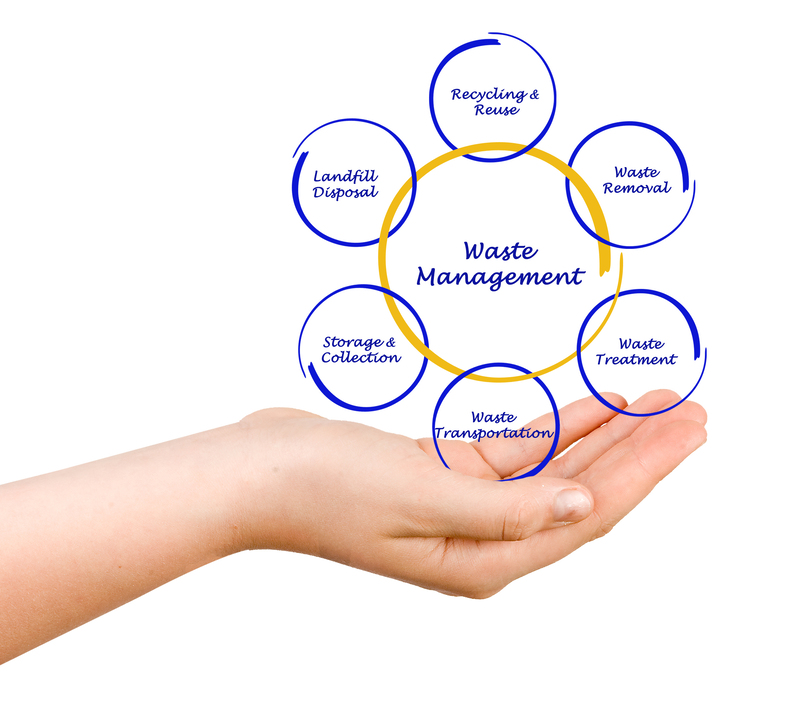What to Do With Pots and Pans That Have Served Their Time
Whether you're a passionate home cook or you only use your kitchen on special occasions, cookware like pots and pans inevitably reach the end of their usefulness. But tossing them in the trash not only clutters landfills, it also means missing opportunities to repurpose, recycle, or donate. So, what should you do with old cookware? Let's explore the practical, eco-friendly, and even creative solutions for old pots and pans disposal.

Why Replace Pots and Pans?
Understanding when and why to let go of your old cookware is the first step. Nonstick coatings wear down, handles get loose, and bases warp. Using damaged cookware not only affects your cooking experience but can pose health risks, especially when non-stick coatings start flaking. While some wear and tear adds character, sometimes a replacement is inevitable.
Recognizing the End of Their Lifespan
- Nonstick pans with scratches, peeling, or flaking
- Warped pots that won't sit flat
- Handles that are wobbly, cracked, or missing screws
- Severely stained or rusty surfaces that cannot be cleaned
But what's the next step? Don't just toss them out! Here's your complete guide on what to do with cookware when it's outlived its purpose.
How to Dispose of Old Pots and Pans
1. Check for Local Recycling Options
The most environmentally friendly way to handle old pots and pans is to recycle them. Most cookware, especially those made from aluminum, stainless steel, or cast iron, is metal and can be recycled--though not in your standard curbside bin. Here's how to do it right:
- Contact your local recycling center and ask if they accept cookware.
- Remove any non-metal parts, such as plastic handles or glass lids, as these may need separate disposal.
- Clean your pots and pans before dropping them off (most centers require this).
- Pro tip: Some scrap yards will even pay a small amount for bulk metal cookware!
2. Donate Usable Cookware
If your pots and pans still have some life left, consider giving them a second home. Donation is a fantastic way to reduce waste and help others. Many organizations accept gently used cookware, provided it's not overly damaged or hazardous:
- Local thrift stores or charity shops (like Goodwill or The Salvation Army)
- Community centers or shelters
- Food banks or soup kitchens
- Friends or family moving into new homes
Be sure to check donation guidelines first, as some places can only accept items in good condition.
3. Repurpose Into Something New
If recycling or donation aren't options, unleash your creativity! There are plenty of ways to repurpose retired pots and pans for use around your home or garden:
- Planters: Drill drainage holes and fill with soil for unique flower pots. Cast iron pans and colorful enamel pots make for eye-catching displays.
- Birdbaths or Feeders: Secure shallow pans to a pedestal or fence post to attract local wildlife.
- Organizers: Old colanders can hold mail, kitchen utensils, or craft supplies.
- Wall decor: Arrange vintage pans on a kitchen wall for rustic charm.
- Clocks: Add a clock kit to a frying pan for a quirky timepiece.
Repurposing isn't just eco-friendly--it can add distinctive character to your space!
4. Scrap for Parts
If none of the above options fit and the pans are truly beyond use, consider scrapping them. Metal recycling centers often accept scrap cookware. Before heading over:
- Remove wooden, plastic, or rubber components as they may not be recyclable.
- Group similar metals together (aluminum, stainless steel, cast iron).
Pro tip: If you're unsure what metal your pan is made from, check for a recycling symbol stamped on the bottom.
5. Upcycle for Art or Kids' Projects
Don't underestimate the power of an old frying pan in a DIY project! Here are some upcycling ideas:
- Turn a nonstick pan into a chalkboard for the kitchen by spraying the inside with chalkboard paint.
- Create percussion instruments for children's music sessions with various pans and lids.
- Paint and mount old lids for colorful garden or playroom decor.
Why Not Toss Cookware in the Trash?
- Environmental concerns: Metals take decades to break down and can pollute landfills.
- Missed opportunities: Many pans can live second or third lives through donation or upcycling.
- Waste of resources: Metals are highly recyclable and valuable commodities.
- Remember: Landfill-bound cookware is the least desirable option. With a bit of effort, you can keep your old pots and pans out of the waste stream.
Frequently Asked Questions About Old Cookware
Can you recycle nonstick pans?
Unfortunately, recycling nonstick pans is tricky. Most centers won't accept them because of the chemical coating. However, if you remove the coating--either by scraping or stripping--you may be able to recycle the metal base. Some manufacturers and specialty recycling programs will take Teflon pans; always check locally.
What about glass lids or ceramic cookware?
Standard glass and ceramics aren't recyclable with metals. Separate these before recycling. You can donate undamaged lids or use them in art and garden projects.
Where can I donate old pots and pans?
Local thrift stores, shelters, churches, and food banks are excellent places to donate. Be sure items are clean and safe for use.
Are old pots and pans safe for cooking?
- If the nonstick surface is flaking or peeling, it's best not to use it for food preparation.
- Heavily rusted or pitted pans can be hazardous, especially if you can't remove the corrosion.
- Stainless steel and cast iron can have long lifespans if well maintained.
Tips for Extending the Life of Your Cookware
Prevention is better than cure! Once you've found your new pots and pans, keep them in top shape with these tips:
- Avoid metal utensils on nonstick or delicate surfaces.
- Wash by hand instead of in the dishwasher to reduce wear.
- Dry thoroughly to prevent rust or corrosion.
- Season cast iron and carbon steel pans regularly.
- Store with care to avoid scratching or denting.
Special Programs for Pan Recycling and Disposal
Many manufacturers have begun offering take-back programs or recycling partnerships. For instance, brands like Calphalon have run mail-in recycling, and local household hazardous waste collection events often accept old cookware. Always check with the manufacturer or your municipality for current programs.
Retailer Initiatives
- Some kitchenware shops and large retailers collect used cookware during special events or for in-store credit.
- Carter with brands that support closed-loop recycling of their products.

Conclusion: Smart Solutions for Retired Cookware
When you look at what to do with pots and pans that have served their time, the possibilities go far beyond the landfill. From cookware recycling and donation to creative DIY projects, every option minimizes waste and maximizes value. Whether you transform an old saucepan into a flowerpot or hand down a beloved skillet, your choices matter for both your home and the planet.
- Recycle metal pans at a local scrap yard or dedicated center.
- Donate usable items to those in need or local organizations.
- Repurpose for art, garden, or storage projects.
- Upcycle creatively for kids' crafts or home decor.
Making a sustainable decision for your retired cookware is a small but significant step towards a greener, more resourceful household. Take a look around your kitchen--those old pots and pans could be the start of your next eco-friendly adventure!
Share Your Story!
Have you found a creative way to reuse or recycle your old cookware? Tell us in the comments below! With every pot and pan we save from landfills, we make a positive impact.
